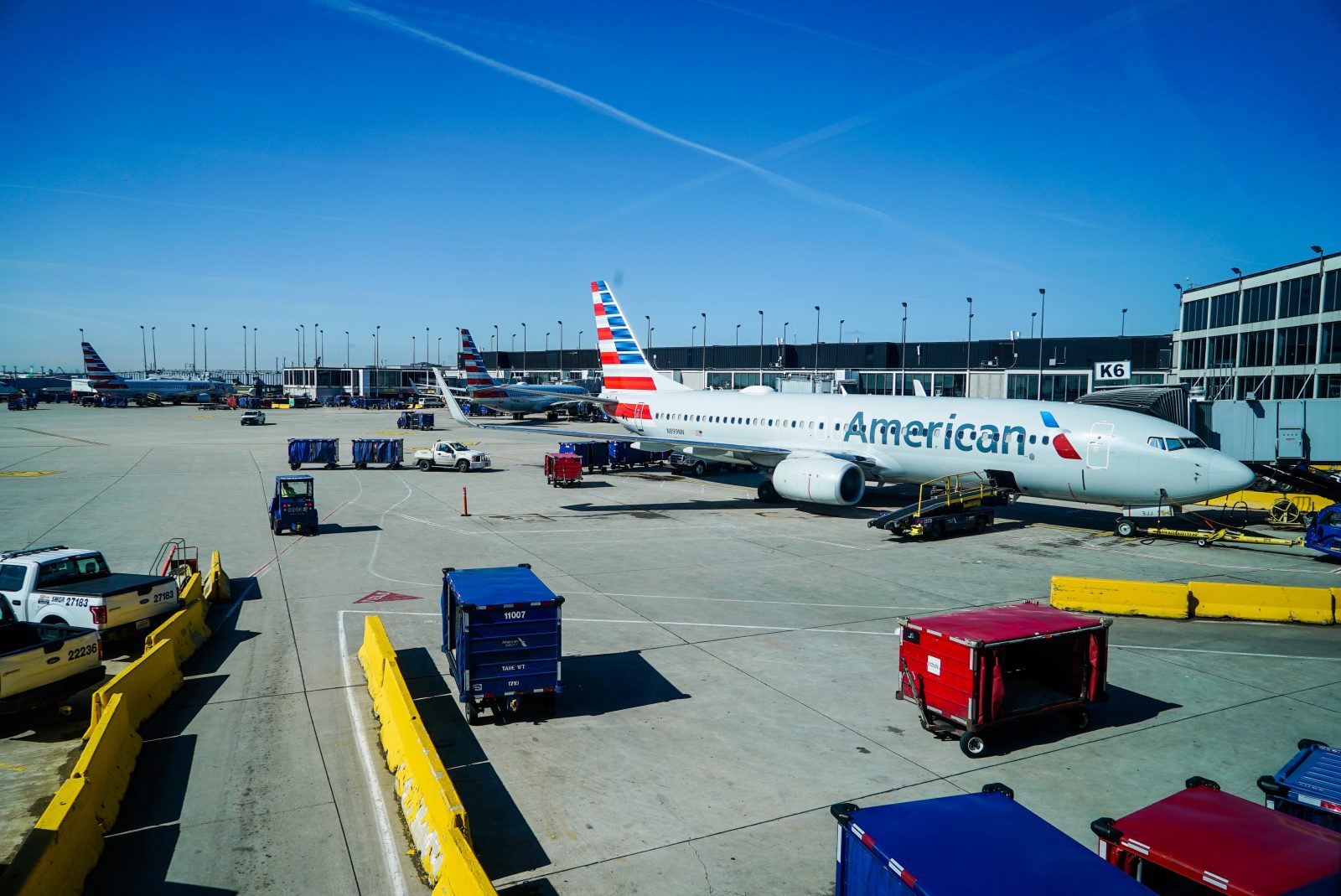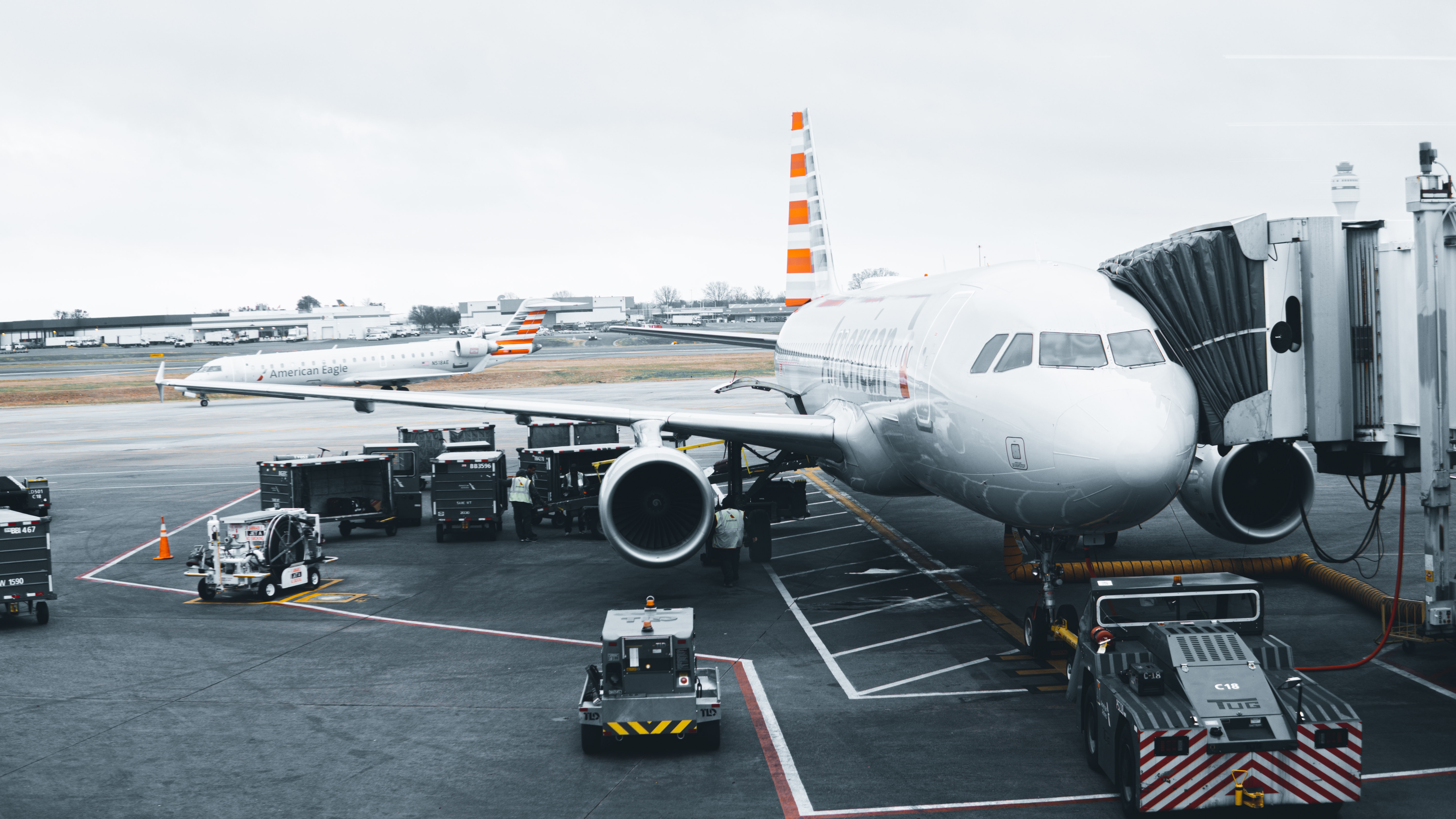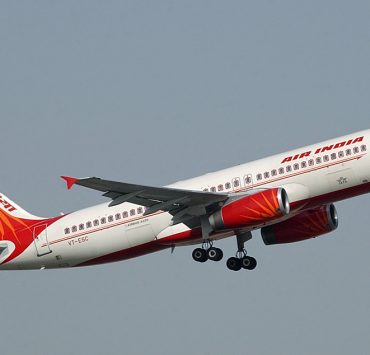
In the 12-months from January to December 2019, American Airlines is said to have reported a total of 1,644 so-called ‘Smoke, Odor or Fume’ (SOF) events occurring onboard its aircraft. That works out to nearly five reported fume events every single day throughout the whole of last year. Yet, the number of fume events reported in 2019 is actually an improvement on the number reported the year before.
SOF events are sometimes referred to as “toxic fume events” because of claims that dangerous chemicals can become vaporised and inhaled by passengers and crew. However, OneWorld partner British Airways points out that fume and odor events can be caused by a whole range of issues with examples cited by the airline including strongly-smelling food in cabin bags, burnt food in the oven, aerosols and even e-cigarettes.

While some critics accuse the aviation industry of burying its head in the sand over the growing problem of fume events, American Airlines says the issue is a “top priority” and that its actively studying all scientific developments on the issue.
“Cabin odors are a priority for American’s leadership team at the highest level of the organization,” a spokesperson told us in an emailed statement.
“We will continue to apply our industry-leading techniques and monitor all scientific, engineering and medical resources available. It cannot be emphasized enough that the health and welfare of our crews and customers continues to be our top priority,” the statement continued.
Over recent months, a number of passengers and flight attendants have either been hospitalised or treated by Paramedics following several high-profile SOF events on American aircraft.
On December 26, an American Airlines operated Boeing 737 bound for Mexico City diverted to McAllen, Texas a short time after departing Dallas Fort Worth with reports of smoke in the cabin. In that incident, two passengers had to be assessed by Paramedics but thankfully no further treatment was required.
And in July, American Airlines flight AA728 from Philadelphia to London had to declare a medical emergency when the smell of old musty socks in the cabin made all nine flight attendants and several passengers unwell. In that incident, the Airbus A330 diverted to Boston where the flight attendants were transported to the hospital for assessment before later being released.
Perhaps most troubling of all though was an incident in October when two flight attendants passed out for a short period when they apparently became overpowered from the smell of industrial-strength cleaning fluid. American Airlines flight AA729 from London Heathrow to Philadelphia diverted to Shannon where the crew and several passengers were treated for eye irritation and coughing.
While the official cause of the accident was put down to aircraft cleaners at the airport accidentally leaving the chemical solution in a lavatory by mistake, sources quoted by the BBC said it “was ‘inconceivable’ that dish soap (cleaning solution), or any other cleaning product approved for use on aircraft, could cause two people to pass out.”
No wonder, Captain Dan Carey of the American Airlines pilots union previously warned a toxic fume event could “result in immediate incapacitation and have a long-term adverse impact, and it can affect everyone on board.”
The American Airlines flight attendants association, however, says the carrier has recently become more proactive in dealing with the threat of fume events and is a lot more transparent about the issue than what it has been in the past.
The Association of Professional Flight Attendants (APFA) currently advises its members to seek specialist treatment and medical testing within four hours of suspected exposure but does not currently recommend flight attendants wear protective equipment should a fume event occur.
“Flight Attendants have detailed procedures in their Flight Attendant Inflight Manual, including an Odor in Cabin chart and Fume/Odor Category Identification Chart,” a spokesperson for the airline told us. “Flight Attendants are instructed to use their charts when relaying odor issues to the flight crew and our maintenance teams.”
Mateusz Maszczynski honed his skills as an international flight attendant at the most prominent airline in the Middle East and has been flying throughout the COVID-19 pandemic for a well-known European airline. Matt is passionate about the aviation industry and has become an expert in passenger experience and human-centric stories. Always keeping an ear close to the ground, Matt's industry insights, analysis and news coverage is frequently relied upon by some of the biggest names in journalism.









